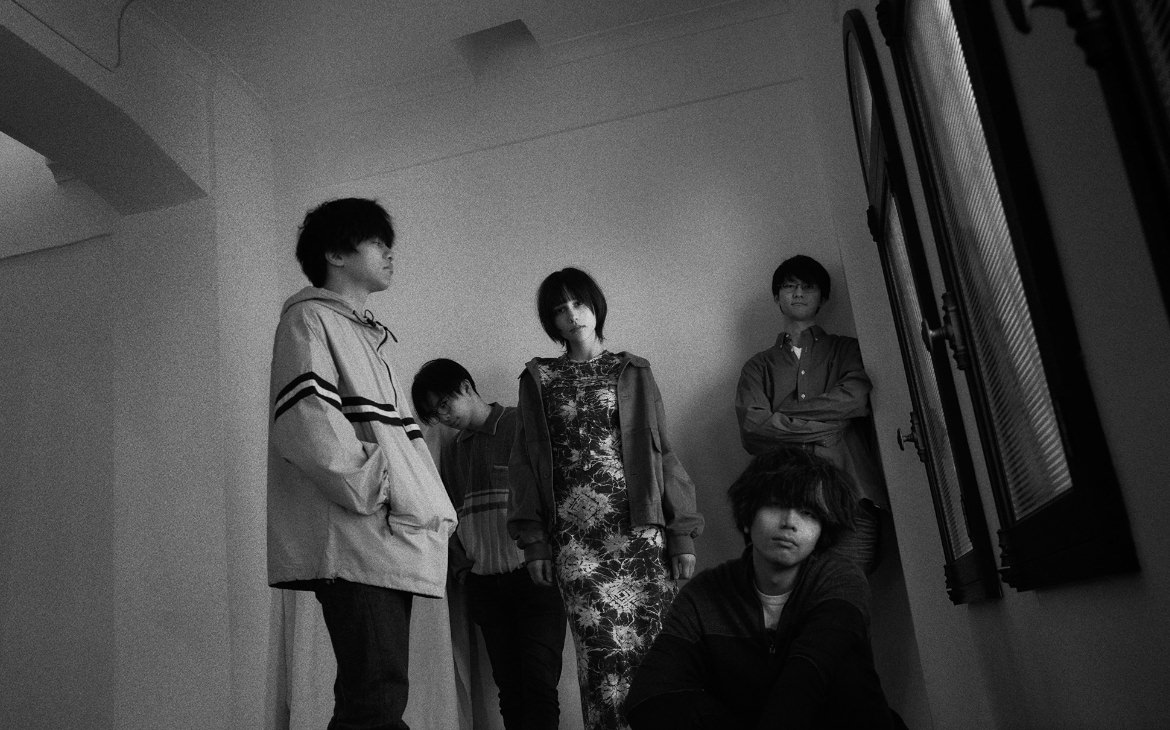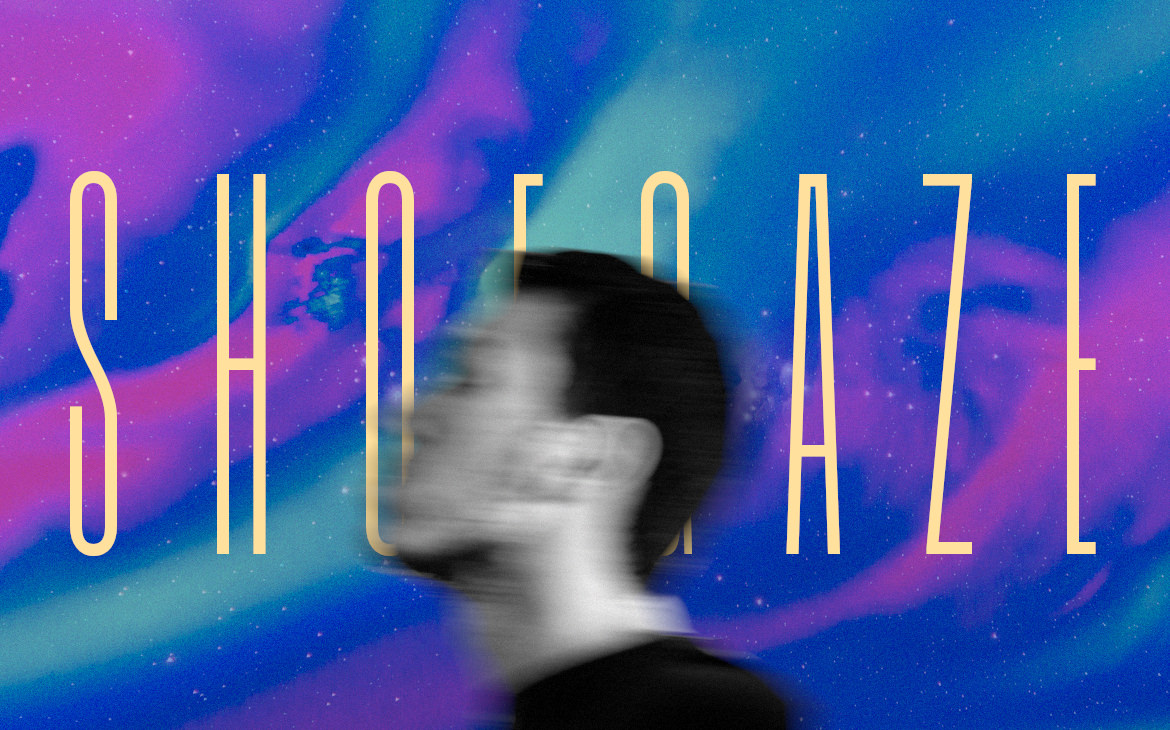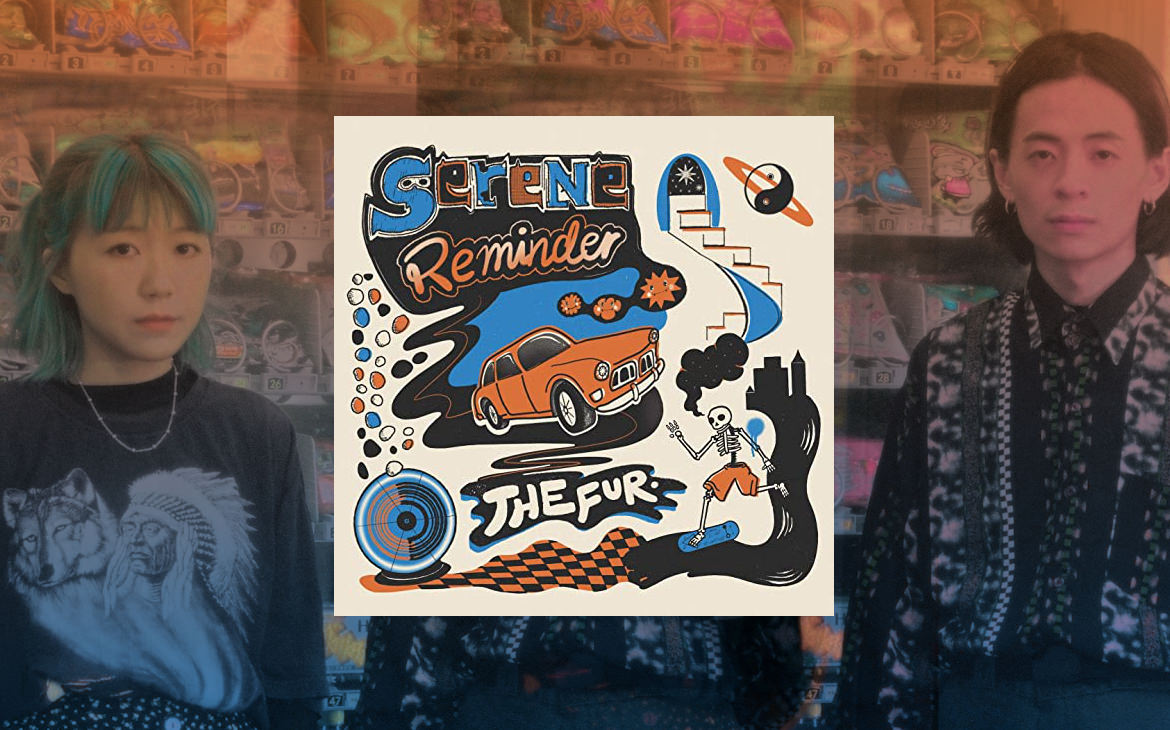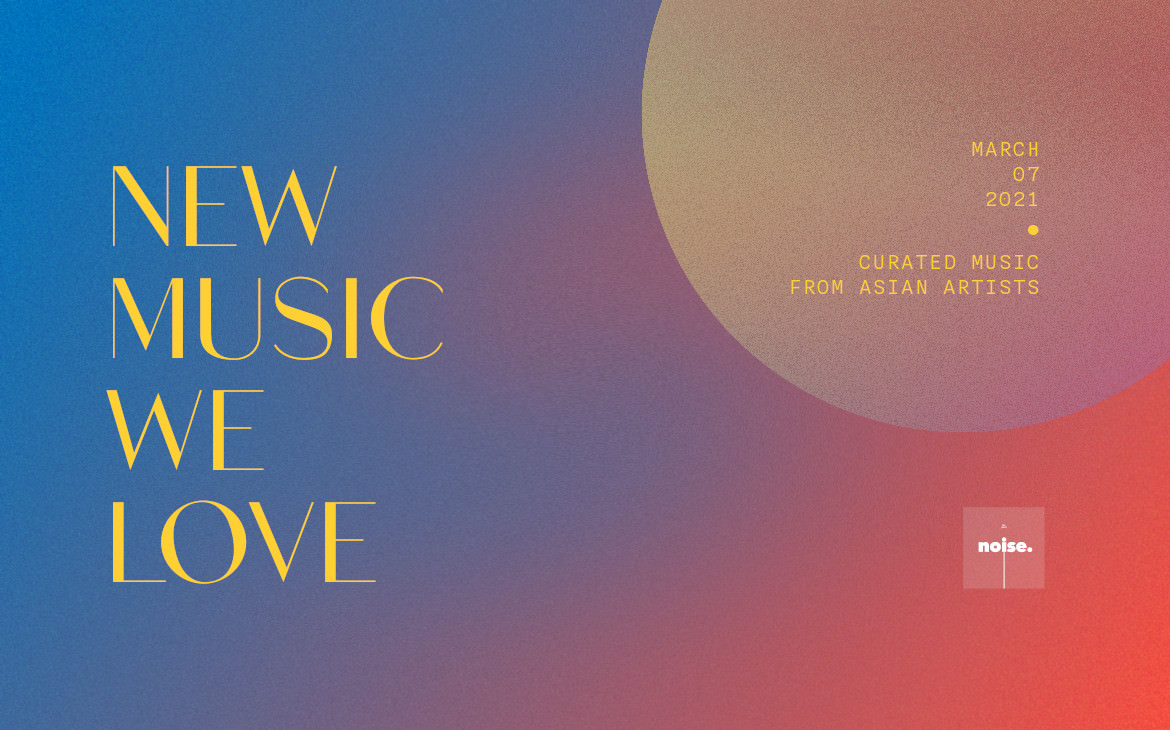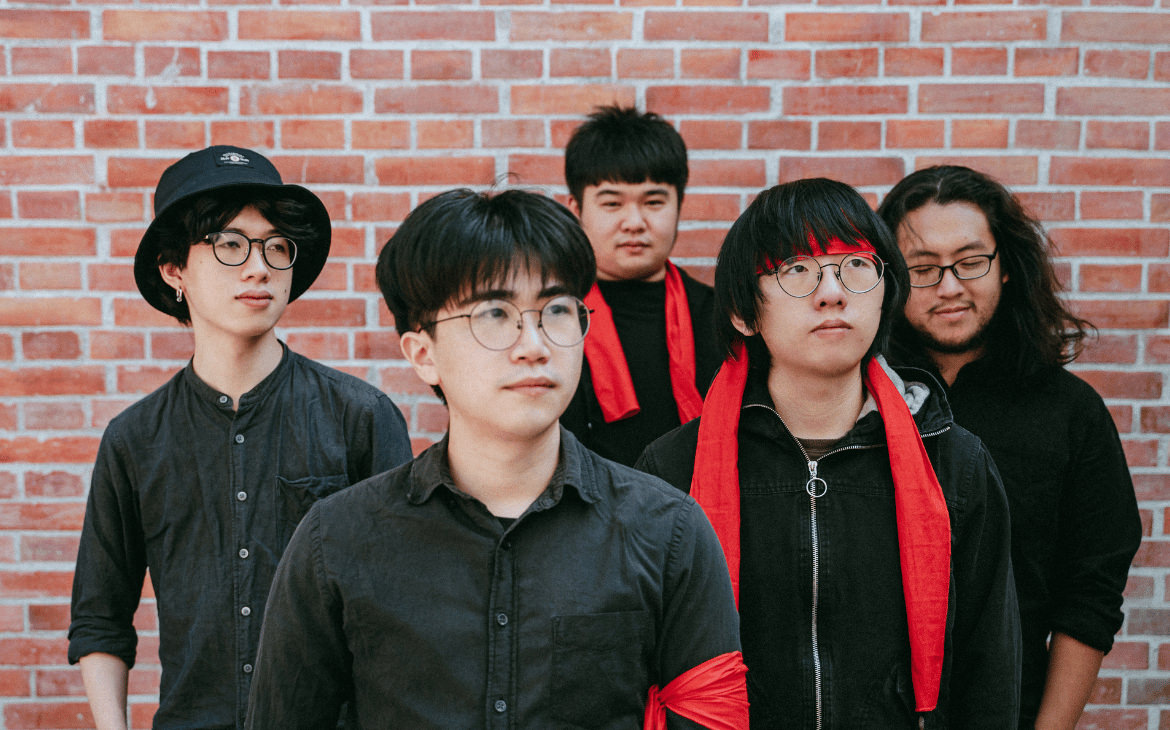When you wander into the nearest faraway place like For Tracy Hyde did, one has to wonder— what does Ethernity actually sound like?
Words by F. Maria Regalado
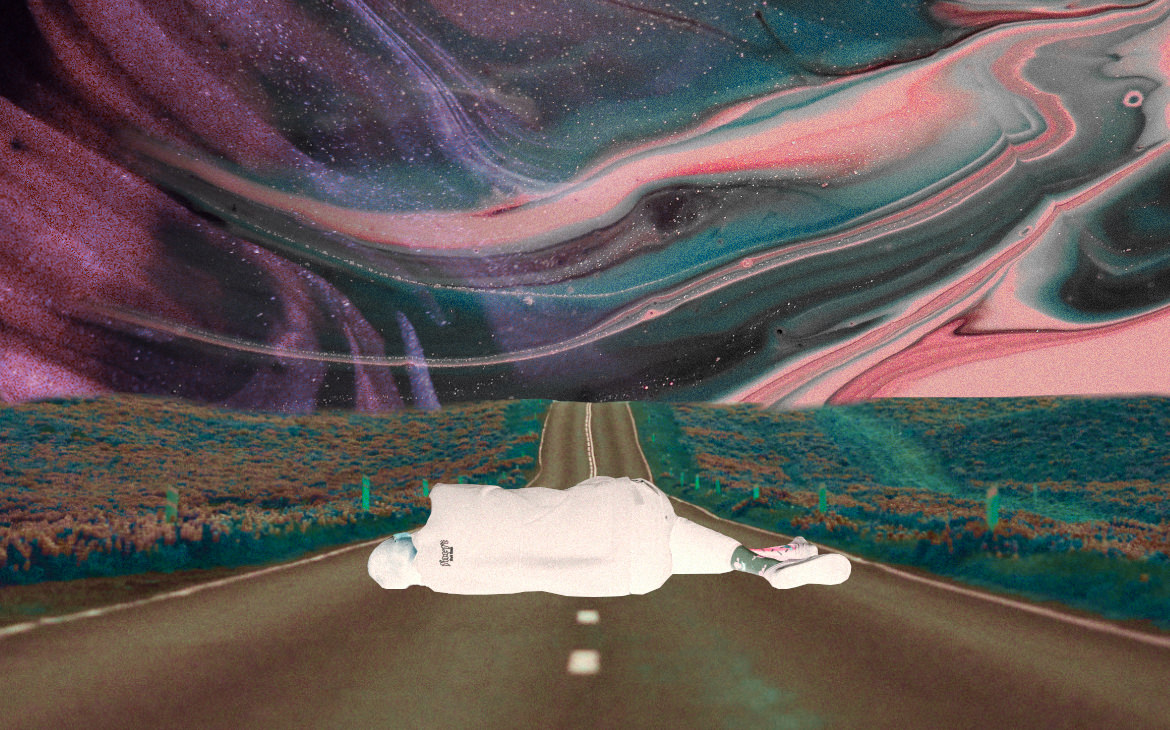
For Tracy Hyde was a difficult band for me to pin down. On one hand, the Tokyo-based quintet are clearly steeped in British indie tradition— hearkening to both the Sarah Records school of indie pop, and Creation Records’ stompbox-addled squall. But while the band is frequently presented as a ’60s-inspired shoegaze act, I find that their core identity lies somewhere outside of the style’s now self-referential vacuum cleaner orthodoxy. This is ultimately what makes them such a compelling listen.
Their fourth full-length, Ethernity, is a blissfully cinematic record that distills the band’s distinct approach— layering gorgeous Thames Valley-styled guitar swells on a playfully articulate J-rock foundation. The release builds on their previous work with all the confidence and consistency of a band in their prime— with crossover appeal to spare.
Radio Days
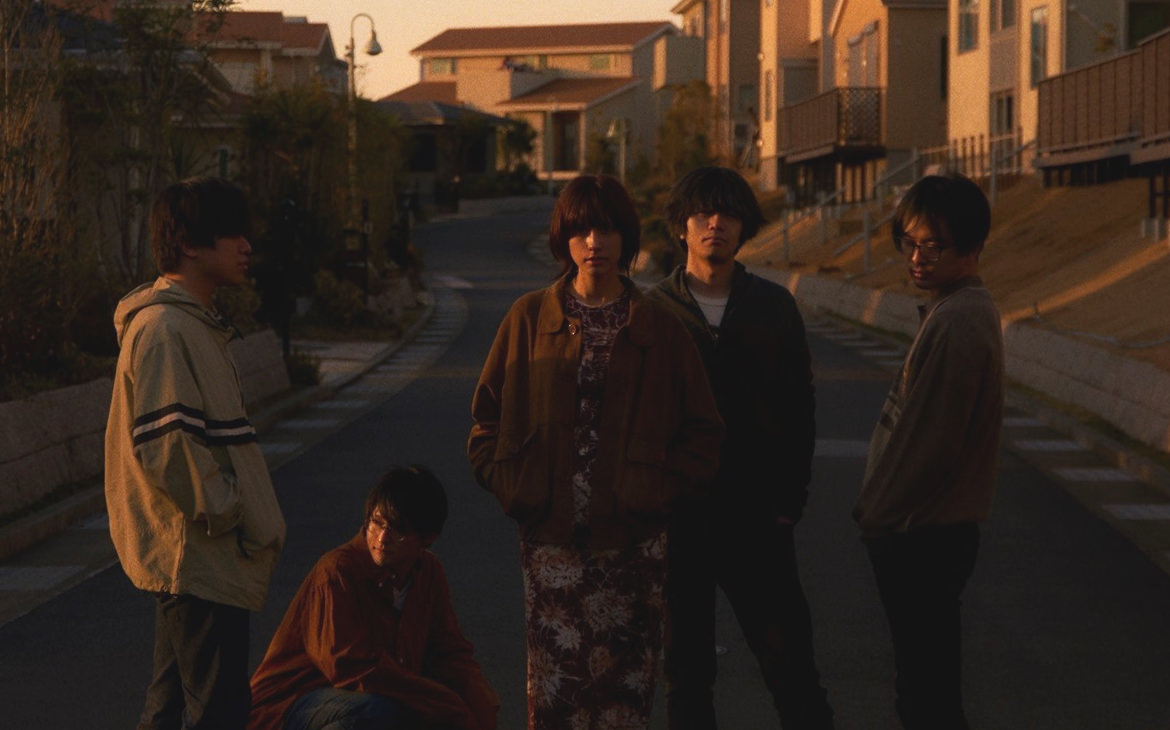
Shoegaze, at least initially, was a genre that existed in negative space. While some attitudes toward the use of volume or effects processing were common, these were often secondary characteristics to otherwise, incredibly different bands. My Bloody Valentine, for example, had more in common with Hüsker Dü’s restless punk energy, and Sonic Youth’s screeching Jazzmaster abuse than their own shoegazer contemporaries.
Bands like Lush, Pale Saints, and Ride had a decidedly pop sensibility to them, in stark contrast to acts like Swervedriver, Adorable, or Catherine Wheel, who slammed their half stacks with copious amounts of distortion and a tinge of rock-and-roll sneer. Slowdive, who occupied the more ethereal side of the spectrum, sounded like a folk band stumbling into a rack full of Midiverbs and SPX90s. So what gives? How could all of these bands be part of the same style?
Fanzine writers and the greater alternative music press may have something to do with it— scrambling to piece together a convenient, marketable catchall for the indie scene’s sonic experimentation. For better or worse, we’re left with the echoes of a scene that celebrated itself— trails oscillating into every single continent. To this day, you could find active shoegaze scenes in places like Latin America, Southeast Asia, and in For Tracy Hyde’s case, Japan.
The great shoegaze dream didn’t disappear with the advent of grunge and britpop— it just needed time and space to find new dreamers. Now, this poses a question— what do they dream of in the far east?
The Nearest Faraway Place
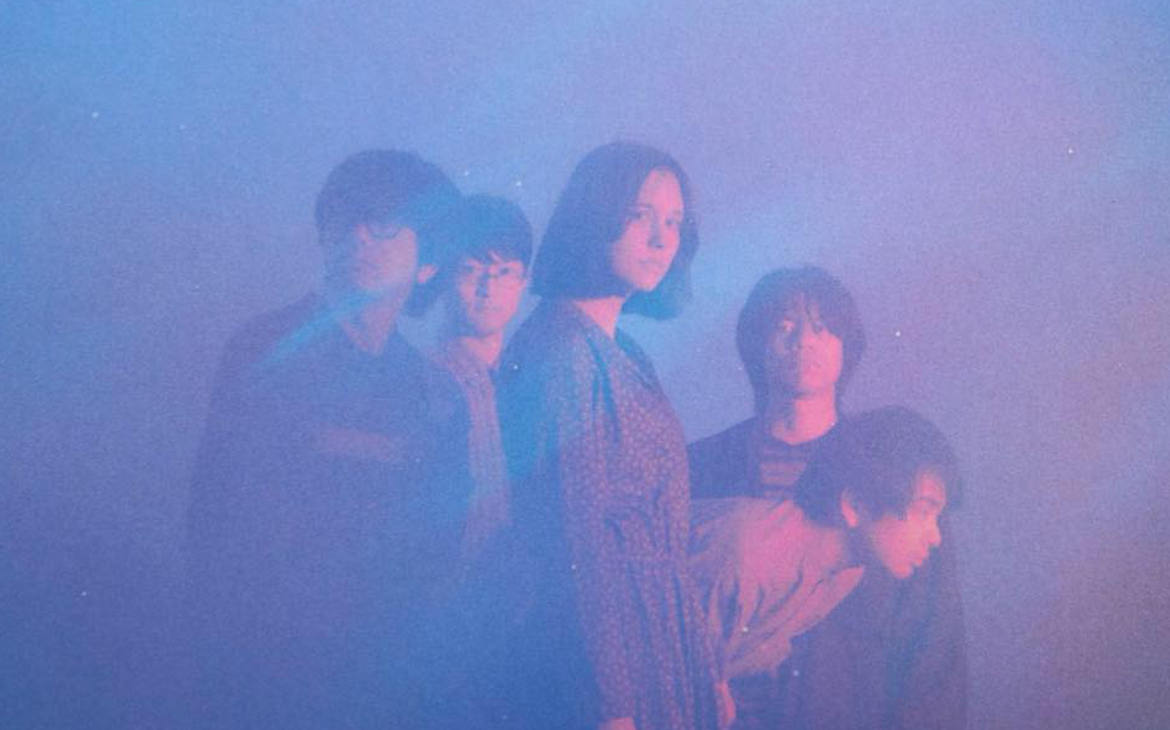
From a nebulous, vaguely defined sensibility in the late ’80s and early ’90s, shoegaze has since been codified into the greater indie rock lexicon. While I’d argue that this rounds over a bit of the nuance that made the genre’s pioneers so intriguing, this did allow the style to travel further away from its original scene— ultimately congealing into localized centers of activity.
The Japanese shoegaze scene in particular appears to have its own cult following among the international reverberati. Based on my own experience with the material, it’s easy to see how it got to that point. Their relative insularity from the romanized world, on top of the style’s already niche appeal, allowed Japanese bands to approach the genre in ways we may not have otherwise expected. It’s familiar, but also refreshing in its own right.
There’s no shortage of direct Japanese homages to the Scene That Celebrates Itself— they do the style very, very well. But every so often, we find bands that break the mold by pushing past shoegaze’s sonic conventions and embodying the movement’s historical spirit. This appears to be the case with For Tracy Hyde, and their unique approach to songcraft.
Sure. They are, in many ways, deeply indebted to the UK’s stylistic legacy but manage to tap into a bit of the original shoegazers‘ sense of adventure in a way that, to an outsider, seems uniquely Japanese, and wholly the band’s own. From their 2016 record, Film Bleu, to the refined sparkle of 2021’s Ethernity, there is a very real sense of them using shoegaze’s stylistic vocabulary as an approach to their specific creative vision, and not an end in itself.
When you wander into the nearest faraway place like For Tracy Hyde did, one has to wonder— what does Ethernity actually sound like?
Ethernity
The band’s fourth full-length record immediately comes off as a refinement of their previous sonic excursions. It retains their early work’s indie pop inflections, with sparkling guitar melodies that wouldn’t sound out of place on an Alpaca Sports or Star Tropics release— only with cleaner production and leaner, more purposeful songwriting. Ethernity’s overall flow isn‘t as diverse as 2017’s he(r)art, but I’d argue it does make for a cohesive, and ultimately, strong experience.
Off the bat, the new record has more in common with 2019’s New Young City, leaning into indie rock’s more driving, cinematic tendencies over he(r)art’s beat-laden cosmopolitan pop diversions. While the last record was solid in its own right, the band’s confidence is in full display here— less meandering, and in full control of the record’s peaks and valleys. Their discography has always taken listeners for a ride, but this time it feels like they’re actually taking you somewhere.
So what’s that trip like?
I’m not an incredibly huge fan of intro tracks on records, but “Dream Baby Dream (Theme for Ethernity)” does a great job of setting you up for the album’s real opener, “Just Like Fireflies.” It’s the aural equivalent of sitting in the world’s longest car ride, eventually zooming out of a tunnel you were previously stuck in, and finally seeing the sun and sea for the first time after years in the city.
While the songs definitely stand on their own, the release feels more like a three-act play, divided into sections of 4-5 songs. “Dream Baby Dream” up to “Interdependence Day – Part II” serves as an introduction, and sets Ethernity’s overall (musical and narrative) tone. The energetic second suite runs from “Welcome to Cookieville” to “City Limits,” and acts as the record’s narrative and literal midpoint, complete with playful misdirects like the Garbage-inspired “Chewing Gum USA.” A contemplative final act, bookended by the only songs on the record with Japanese song titles, winds things down— playing the record out with a britpop-tinged ballad I was half-expecting Liam Gallagher to jump on.
I initially wanted to break each song down into a bag of potential influences, but the more I listened to Ethernity, the harder it was to pin every single element down. After all, why would anyone bother to point out that this or that section reminded me of Lush or Pinkshinyultrablast if the whole experience spoke for itself? Style-specific communities like shoegaze or indie pop have the tendency to be self-referential, and while there’s nothing inherently wrong with that, it would be a disservice to hold For Tracy Hyde to those narrow standards. Their musical vocabulary has matured to the point of no longer calling attention to itself, allowing the band to craft experiences uniquely their own.
If you want to feel like the lead character to a coming-of-age movie that doesn’t exist, For Tracy Hyde’s Ethernity is the record for you.

